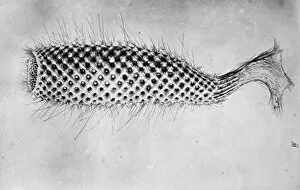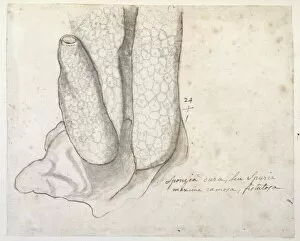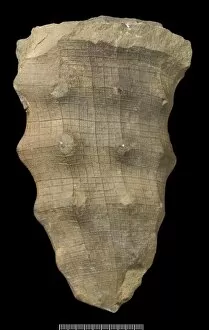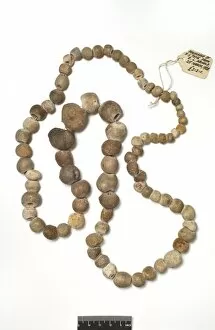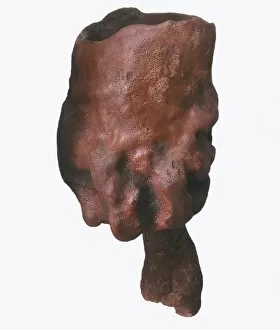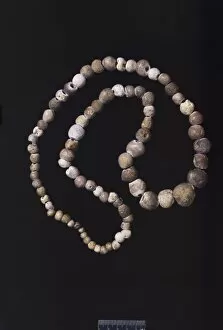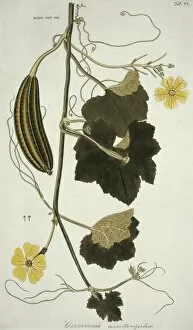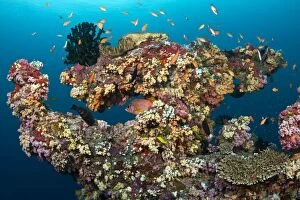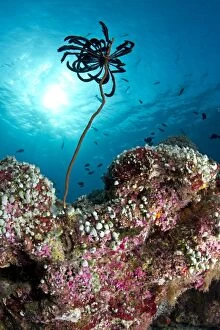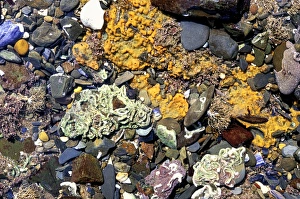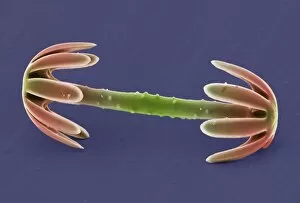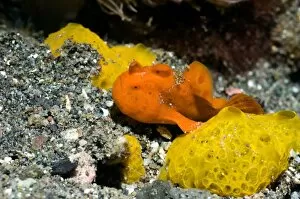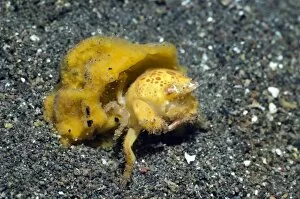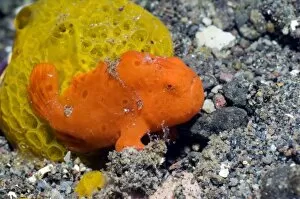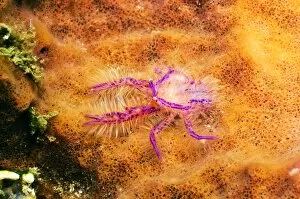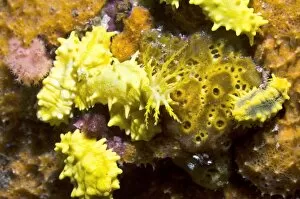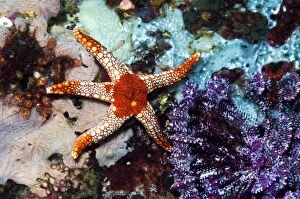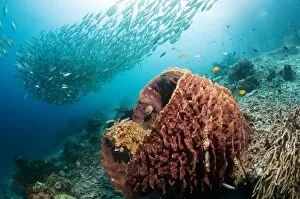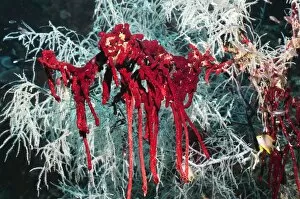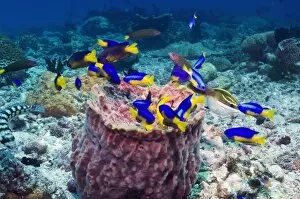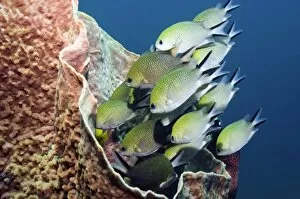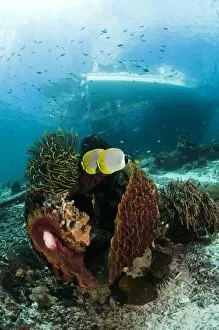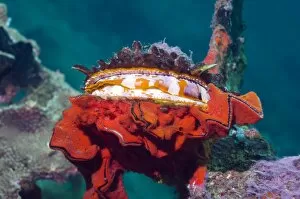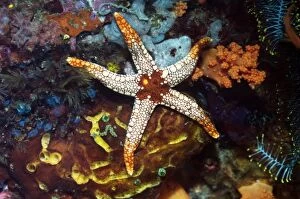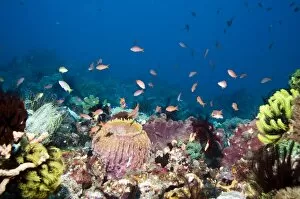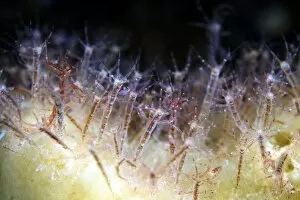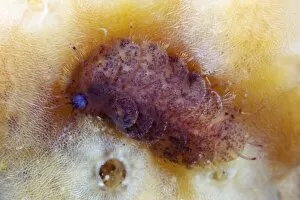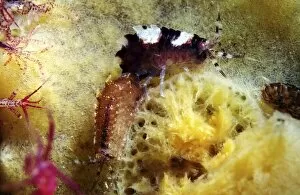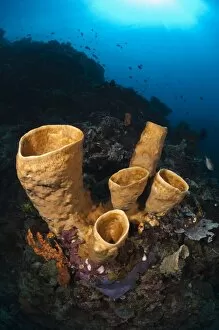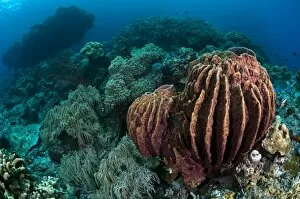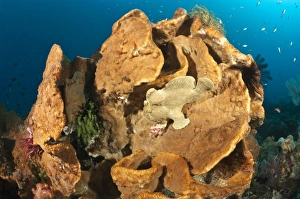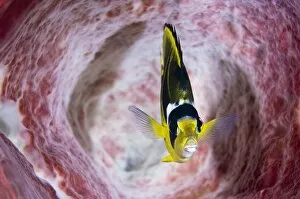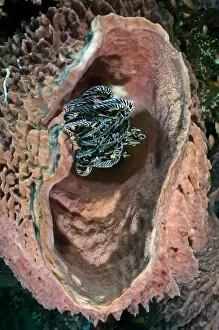Porifera Collection (page 6)
Porifera, also known as sponges, are fascinating creatures found in various aquatic environments around the world
All Professionally Made to Order for Quick Shipping
Porifera, also known as sponges, are fascinating creatures found in various aquatic environments around the world. From the vibrant coral reefs of Trinidad and Tobago to the icy waters of Lake Baikal in Russia, these organisms come in a wide array of shapes, sizes, and colors. In Little Tobago, a Fingerprint Flamingo Tongue snail gracefully crawls over a delicate sponge called Cyphoma signatum. The contrasting patterns on both species create an enchanting sight for divers and marine enthusiasts alike. Caribbean coral reefs boast the presence of a yellow tube sponge called Aplysina fistularis. Its intricate growth pattern adds depth and texture to this underwater wonderland. Traveling all the way to Siberia's Lake Baikal, we encounter an extraordinary combination: a Lake Baikal sponge surrounded by freshwater snails. This unique ecosystem showcases nature's ability to adapt and thrive even in extreme conditions. The portrait of a Giant frogfish resting on a large Yellow elephant ear sponge captures their symbiotic relationship perfectly. These sponges provide camouflage for these masters of disguise while benefiting from protection against predators. Heading towards the Channel Islands in the UK, we find ourselves observing Cliona celata or Boring Sponge at work. With its specialized enzymes, this tiny creature excavates tunnels within hard substrates like shells or rocks - truly nature's architects. Bonaire presents us with another captivating scene featuring two distinct sponges: Stove-pipe sponge (Aplysina archeri) alongside Orange elephant ear sponge (Agelas clathrodes). Their vibrant hues bring life to this Caribbean paradise. Venturing into deeper waters near coral seamounts reveals an intriguing sight – gravid female Glass/Ghost shrimp delicately perched upon Glass sponges (Hexactinellida). This interaction highlights how different species rely on each other for survival.

